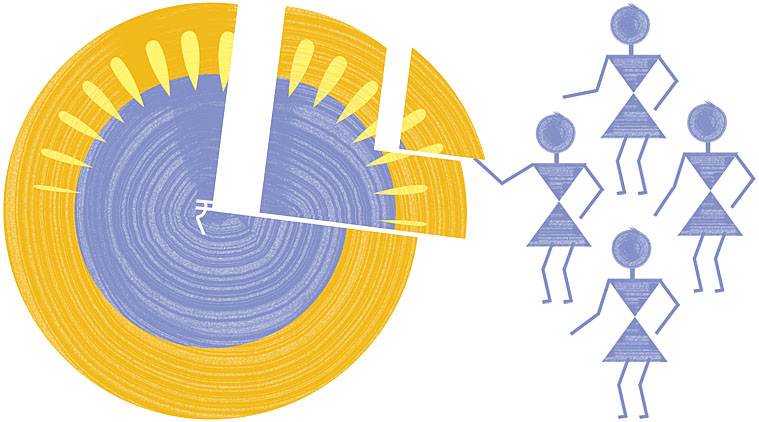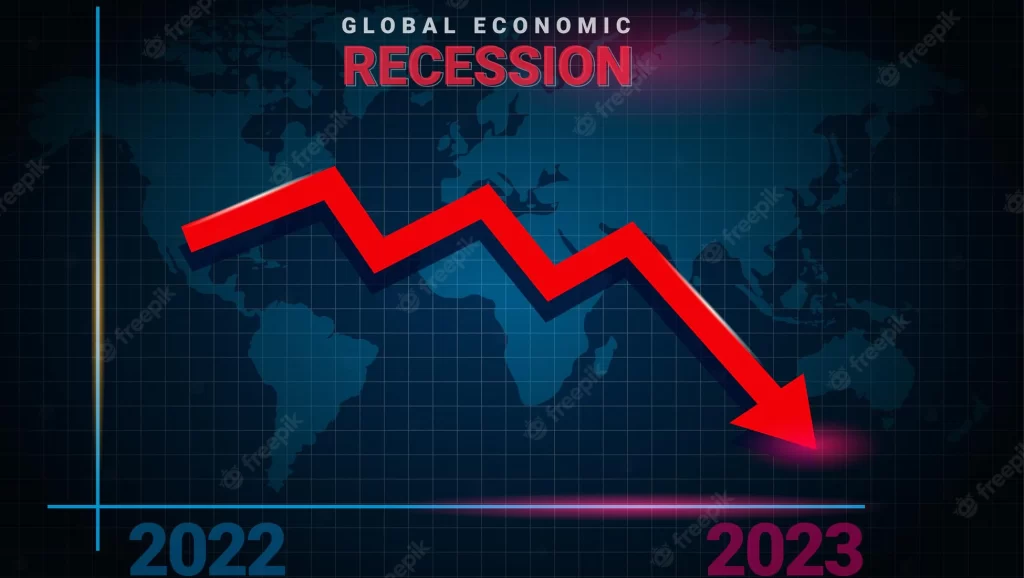Quota System in India: Right or Wrong
Theme:
India, as a diverse nation with a complicated society, has long troubles of social and economic inequality. In a try to deal with historic injustices and promote inclusivity, the Indian authorities introduced a quota system, additionally referred to as affirmative motion or reservation, in diverse spheres of public life. However, this coverage has sparked excessive debate and raised questions on its efficacy, equity, and long-time period effect on society.
In this article, we will be able to discover the pros and cons of the quota system in India, supported by means of records and actual-world examples.
Historical Context and Objectives:
- The origins of the quota system in India may be traced back to the united states charter, which aimed to eliminate discrimination and uplift marginalized sections of society.
- The system normally specializes in reservations in training, authorities jobs, and legislative bodies, reaping benefits traditionally deprived agencies, together with Scheduled Castes (SC), Scheduled Tribes (ST), and Other Backward Classes (OBC).
- Proponents argue that those reservations are essential to provide identical opportunities and bridge the socio-monetary divide that has affected the kingdom for hundreds of years.
Positive Impact and Empowerment:
- Supporters of the quota device highlight several advantageous consequences. Firstly, it has given possibilities to historically marginalized communities that were denied get right of entry to education and employment because of social discrimination.
- Data shows that the illustration of SC, ST, and OBC groups in better training institutions and public services has substantially extended over the years.
Understanding the reservation system in India:
Reservation in Education:
- Seats in higher education institutions are reserved for SC, ST, and OBC college students (15%, 7.5%, and 27% respectively).
- Almost half of the undergraduate students come from those reserved classes.
- IITs have visible a sizable growth within the range of SC, ST, and OBC college students due to reservations.
Reservation in Government Jobs:
- Reserved quotas make certain that a sure percentage of jobs are reserved for SC, ST, and OBC candidates in the public zone.
- About 15% of presidency jobs are reserved for SC applicants and 7.5% for ST candidates.
- In primary authorities’ jobs, the illustration of SC, ST, and OBC personnel has stepped forward through the years.
Socio-financial signs:
- Despite reservations, there are nevertheless disparities in training and earnings. The literacy fee is decreased among SC and ST populations compared to the overall populace.
- SC and ST groups have decreased average month-to-month in line with capita spending compared to different companies.
- Unemployment rates are higher for SC and ST individuals in comparison to the general populace.
- These data spotlight the impact of reservation regulations in schooling and authorities’ jobs, as well as the present socio-monetary disparities that persist despite those measures.
Implementation Issues:
- While the quota system in India has executed some high-quality results, it isn’t always without its demanding situations. Critics argue that the system has regularly been implemented without thinking about elements along with economic repute and regional variations, that could perpetuate inequalities inside the reserved categories themselves.
- This has brought about instances where individuals from privileged backgrounds within those classes benefit and get entry to reserved seats, similarly marginalizing those absolutely in want.
- Additionally, the criteria for determining backwardness and the percentage of reserved seats have grown to be topics of political debate.
Creamy Layer Exclusion:
- The concept of the “creamy layer” refers back to the distinctly prosperous and socially superior individuals inside the reserved classes who do not face the same stage of social and monetary downside.
- The creamy layer exclusion principle pursuits to prevent individuals from privileged backgrounds within reserved classes from making the most of reservations, ensuring that the advantages attain to those who are really deprived.
- However, imposing the creamy layer exclusion efficiently has been a mission, as determining the standards and correctly figuring out people within the creamy layer have proven complicated and subjective.
Inadequate Infrastructure and Resources:
- While reservations offer to get the right of entry to educational institutions and jobs, the shortage of good enough infrastructure and sources in marginalized communities can avert their potential to compete on an identical footing.
- Insufficient colleges, inadequate coaching personnel, and confined get admission to satisfactory healthcare and different important services make a contribution to a gambling subject, limiting the overall effectiveness of reservations in attaining social equality.
Reservation Backlog and Inefficiencies:
- The reservation system regularly results in a backlog of vacant positions, especially in educational institutions and authorities jobs, due to the prescribed quota system.
- This backlog creates administrative demanding situations and delays in filling positions, that may impact productivity and prevent green governance.
- In some cases, those vacancies stay unfilled, main to a loss of capacity possibilities for each reserved and non-reserved candidate.

Consequences and Backlash:
- One situation related to the quota device is the ability for negative accidental results. Meritorious individuals from non-reserved classes can also feel disadvantaged and understand reservations as a shape of reverse discrimination.
- This perception has given an upward push to social tensions, with a few arguing that the quota system perpetuates a tradition of entitlement in preference to fostering meritocracy.
- Furthermore, reservations can inadvertently support societal stereotypes and stigmatization, hindering efforts in the direction of genuine equality and social integration.
Long-Term Solutions and Alternatives:
- To deal with the restrictions of the quota system, there had been calls for reforms and opportunity techniques. Some endorse implementing a greater nuanced machine that considers monetary backwardness along social elements.
- Additionally, funding in fine primary education, talent development applications, and healthcare centres can help bridge the gap between privileged and marginalized communities, ensuring identical opportunities for all. Such complete strategies ought to foster an inclusive society without compromising the principles of meritocracy.
Conclusion:
The quota system in India stays a contentious problem with strong arguments on both aspects. While it has undeniably supplied possibilities to historically marginalized groups and fostered social empowerment, critics argue that it needs cautious evaluation and reform to deal with implementation-demanding situations and accidental consequences.






